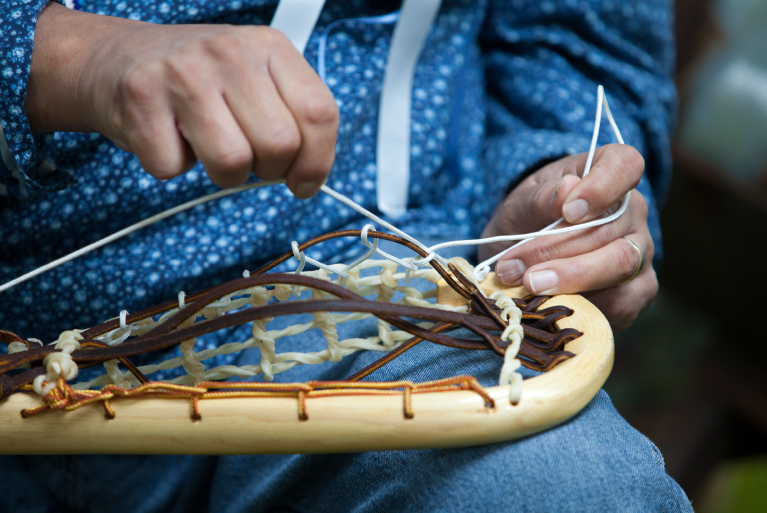LAX to the MAX
Lacrosse Preview of Rules, Positions and History
 With the new initiative issued by TSSAA, the governing organization for high school sports in Tennessee, announced earlier this year that the game of lacrosse will be added for both girls and boys for the 2020-2021 athletic season.
With the new initiative issued by TSSAA, the governing organization for high school sports in Tennessee, announced earlier this year that the game of lacrosse will be added for both girls and boys for the 2020-2021 athletic season.
Before the season begins, the Hillsboro Globe thought our readers would like to learn a little about the rules, positions and history of the game. Lacrosse is a relatively unknown sport but is fastest growing sports in high school.
This means schools across the state can have TSSAA-sponsored lacrosse programs. Schools already have lacrosse programs now, but they are not sanctioned for TSSAA play.
Lacrosse is the oldest sport native to North America, dating back centuries with Native Americans playing various forms of the sport. It was originally known as stickball.
The game was initially played in the St. Lawrence Valley area by the Algonquian tribe and they were followed by other tribes in the eastern half of North America, and around the western Great Lakes. In the beginning, before the Europeans took over the game, Native Americans made all of the equipment by hands.
With every high school sport, NFHS dictates rules, regulations and safety measures to keep those playing the game from getting injured.
![]()
The equipment use is fairly basic.
Equipment for Boys’ and girl’s lacrosse includes a ball, a crosse and safety equipment like protective gear and a helmet.

The Crosse:
The crosse (lacrosse stick) is made of wood, laminated wood or synthetic material, with a shaped net pocket at the end. It is 40 – 42 inches for attack men and midfielders, or 52 – 72 inches for defensemen. The head of the crosse is 10 – 12 inches wide.

The Ball:
The ball must be made of solid rubber and can be white, yellow or orange. The ball is 7.75 – 8 inches in circumference and 5 – 5.25 ounces.
The Basics to Understanding the Game
Lacrosse is played on grass fields that are 110 yards in length and 60 yards in length. There are 2 goals both placed in the middle of a circle known as the crease at opposite ends of the field. The objective of the game is to score more goals than the opponent.
Lacrosse is a full contact team sport played between two teams of ten players. Offensively, the objective of the game is to keep possession of the ball by either carrying it or passing it around and then attempting to shoot it into the opposing team’s goal. And defensively, the aim is to prevent the opposition from scoring and trying to dispossess them of the ball through the use of stick and body checking (uslacrosse.org)

There are 3 main positions in lacrosse
Attack: The only position that doesn’t play defense at all. They are not allowed to cross the midfield line or they will get a penalty. Typically these are the players that lead the team in goals and are best in terms of stick skills.
Midfield: They play both offense and defense and this is the most physical position on the field. Your best players almost always play midfield. This is the most energy draining position since you are almost always running and unlike Attack or Defense they go on and off the field like hockey.
Defense: The only position on the field besides goalie with a different stick from the midfield or attack. Defensemen’s sticks are called d poles and there stick is longer than anybody else on the field. Defense is allowed to cross the midfield and play offense but one of the Midfielders
Popularity Growing
The 2018-2019 marks the seventh consecutive year lacrosse has topped the list of the National Federation of High School sports survey of coaches. “Last year, 30 percent of athletic directors said they anticipated adding boys or girls lacrosse to their programs. Golf and bowling came in at third and fourth, respectively.”
According to the National Federation of State High School Association’s latest participation survey, lacrosse is the 10th most popular girls sport. Participation in girls and boys lacrosse grew nationwide by more than 7,700 athletes over the last year.
My name is West Parker and I'm a student at Hillsboro high school. I was born in Nashville. I'm in the business academy and also in the IBCP programme....













